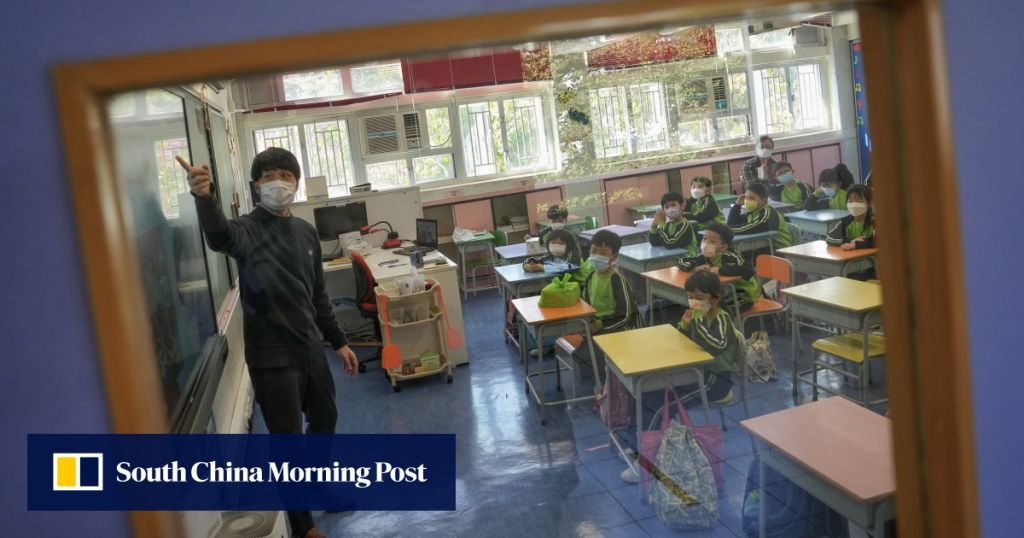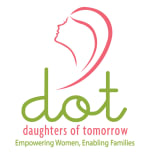Discover the multifaceted nature of Autism Spectrum Disorder (ASD), its symptoms, and the importance of education and support systems for individuals with autism.

Source: www.scmp.com
Featured Charities
Jump To Section
- Defining Autism Spectrum Disorder
- Identifying the Signs of Autism
- Navigating Education and Autism
- Autism in Different Stages of Life
- Integrating Therapy and Support
- Celebrating Autism Awareness and Inclusion
Defining Autism Spectrum Disorder
Autism Spectrum Disorder, commonly known as ASD, encompasses a range of neurodevelopmental conditions characterized by social communication challenges, restrictive behaviors, and varying degrees of intellectual and cognitive abilities. Previously classified separately, conditions like Asperger's Syndrome and pervasive developmental disorder not otherwise specified (PDD-NOS) now fall within the broader ASD diagnosis. The 'spectrum' in ASD signifies the diversity of symptoms and skills among individuals, with some leading fully independent lives while others may require substantial support. The term 'autistic' not only refers to the diagnostic label but has been embraced by many within this diverse community as an aspect of their identity, challenging stigmas and advocating for acceptance and support.

Source: www.straitstimes.com
Identifying the Signs of Autism
The puzzle of autism can be intriguing to decode—with symptoms ranging from mild to severe, autism manifests uniquely in each individual. Early signs may appear during infancy, with some noticeable as soon as a few months old. Parents and caregivers might observe a lack of eye contact, unresponsiveness to their name, or an absence of typical babbling. During toddler years, red flags might include delayed speech development, limited interest in interacting with peers, and repetitive behaviors. It's important to note that a diagnosis of ASD can be made at any age; for adults, challenges may persist in social communication, adapting to change, or understanding non-literal language. Diagnostic assessments, combining medical evaluations and behavioral observations, are vital in forming a comprehensive understanding of each individual's position on the spectrum.
Navigating Education and Autism
The nexus of autism and education is both complex and crucial. While ASD may affect learning and school performance, with tailored support, many students with autism achieve academic success. Special education services can be a lifeline, providing individualized teaching approaches, curriculum modifications, and additional resources such as speech and occupational therapy. Vocational training and higher education institutions are also evolving to support students with ASD better, recognizing the immense potential these individuals hold. Emphasizing inclusive practices and celebrating neurodiversity enriches the learning environment for all and sparks innovation in educational approaches.
Autism in Different Stages of Life
Autism is not a stage but a lifelong companion. The journey with autism varies as individuals transition from childhood through adolescence to adulthood. Each phase brings its rewards and challenges—be it navigating the social hierarchies of school, finding employment, or establishing independence in adulthood. Although commonly associated with children, adults with autism continue to require support and understanding. High-functioning individuals, such as those resembling historical greats like Einstein or modern icons like Elon Musk, show the wide array of accomplishments possible, challenging stereotypes and broadening societal perceptions of autism.

Source: www.herworld.com
Integrating Therapy and Support
A tailored blend of therapies often paves the way for individuals with autism to thrive. Speech therapy can unlock communication potential, while occupational therapy focuses on daily skills and sensory integration. Applied Behavior Analysis (ABA) is widely used to help manage behavioral challenges and develop social skills. Support extends beyond therapies, embracing community resources, autism-friendly events, and fostering acceptance. Autism Awareness Month and World Autism Day highlight the call for inclusion and appreciation of these unique individuals. The goal goes beyond mere awareness to fostering an environment where those on the spectrum can contribute fully and live fulfilling lives.
Celebrating Autism Awareness and Inclusion
Inclusivity and support networks catalyze the empowerment of the autistic community. Celebrations like Autism Awareness Day remind us that we are all pieces of a diverse human puzzle. It emphasizes the need for communities to adapt, offering suitable education, employment opportunities, and social structures that embrace those with ASD, recognizing their potential and the rich diversity they bring to society. We recall the wise words of Dr. Stephen Shore: 'If you've met one person with autism, you've met one person with autism,' highlighting the individuality within the spectrum. Empathy, understanding, and advocacy forge the path towards a society that not only accepts but also values those with autism for the unique perspectives and talents they offer.
Featured Charities
Our methodology is not perfect, but improving rapidly. If you have spotted an inaccuracy, please contact us at support@give.asia
Givepedia is an initiative by the team at Give.Asia. We want to inspire more people to become givers in the world.
Subscribe to receive email updates on Givepedia and our blog.
Give.Asia is a Social Enterprise based in Singapore.
In partnership with 




